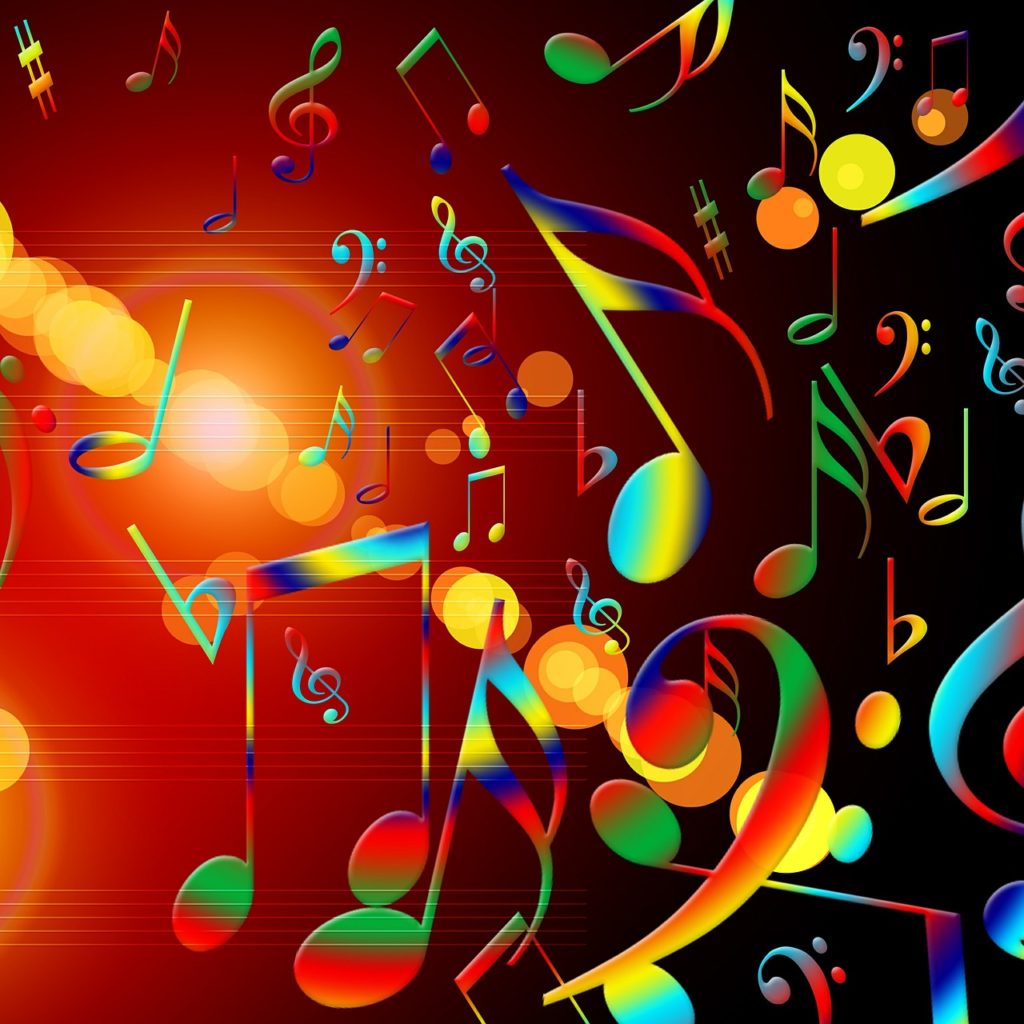I started with writing about Finale, because I own it. Therefore, I can show you how to get good results. However, I’ve found many other options online for notation software that can colorize the score for you.
For example:
The popular music notation software, Sibelius, has a plug-in that will allow you to colorize the notes.
- It’s not as flexible at colorizing notes as Finale, but it costs less.
- A YouTube tutorial below shows you how to color code the music notes in Sibelius.
- The section on colorizing the notes starts about 2:30 into the video.
Before you make up your mind, you also have the music notation software called Flat.
- Flat can colorize the notes.
- To see how it works: click here.
- They do have a free version.
- However, I don’t know if the free version has the colorizing feature.
In addition, you have Soundslice.
- It can colorize sheet music.
- To see how it works: click here.
- They have a free version.
- However, even the paid plans don’t cost too much.
I’ve saved the best for last: Musescore.
- Musescore seems to be as flexible as Finale.
- Their website claims that you can download it for free with no limitations.
- It also has a YouTube tutorial (see below).
However, don’t take this as an endorsement. Because I haven’t used any of the programs listed in this section, I don’t really know how good they are. I’ve provided them here for informational purposes only.


